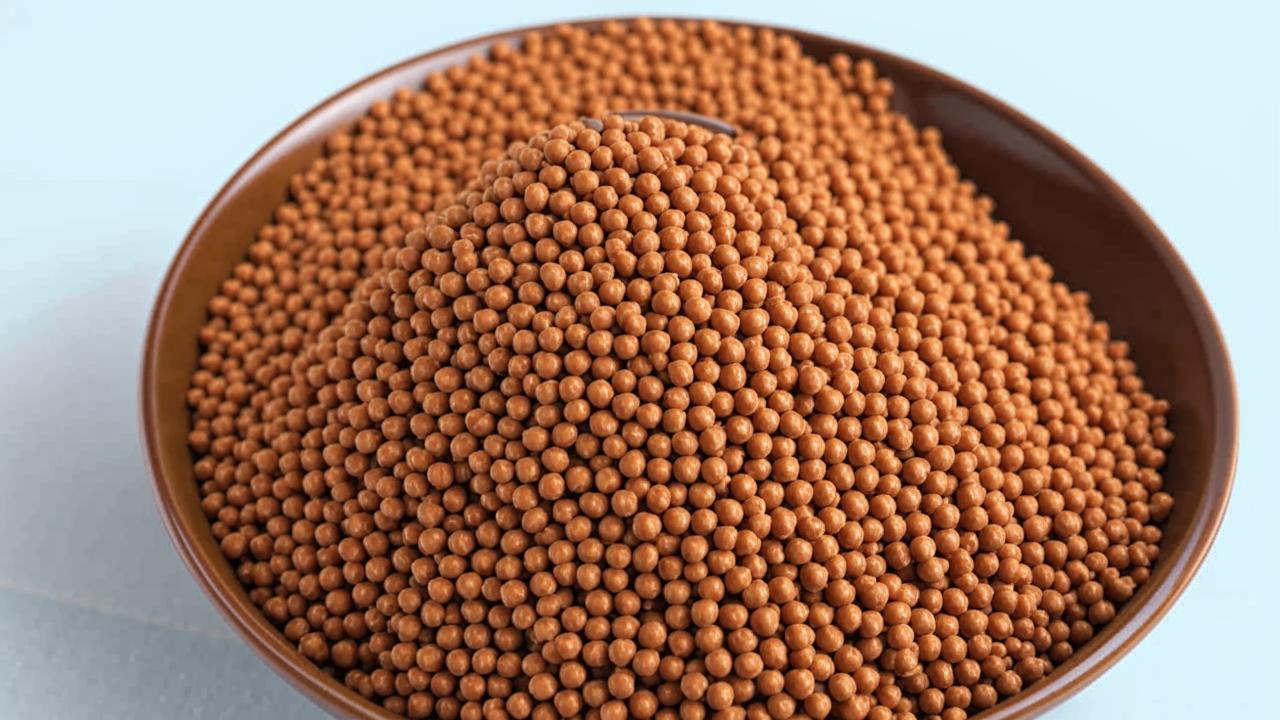Buckwheat is our everything. It is loved by children and adults, it has practically no contraindications and contains a huge amount of vitamins and trace elements, for which it was nicknamed “the queen of cereals”.
Why buckwheat?
Buckwheat is native to India and Nepal, where it was cultivated 5000 years ago. First it spread throughout Asia, and then came to Europe. Buckwheat was brought to the Slavs in the 10th century from Byzantium, for which it got its name – buckwheat (Greek) groats. In Greece itself it was called Turkish groats, in Italy and Spain – Arabic. In some languages (such as English and German) it is called beech wheat because the triangular buckwheat seeds resemble beech nuts.

In Western Europe buckwheat is not very popular – due to its unpretentiousness in cultivation, it is more often used as fodder for cattle. Buckwheat is not particularly popular in its homeland, where it is considered the food of the poor. But in Russia, the useful properties of this plant appreciated at face value – now buckwheat can be called a national product, and our country is the leader in the production of buckwheat. The second place is occupied by China, in addition, buckwheat is popular in Japan, but not in the form of porridge, but in the form of soba noodles.
What are the benefits of buckwheat?
Buckwheat is a real symbol of healthy food, it contains more than 50 valuable substances. This cereal is one of the leaders in vegetable protein content (more only in legumes), moreover, the protein is well digested.
Nutrients in buckwheat – a carload and a small cart. Iron increases hemoglobin and helps with anemia, potassium strengthens the walls of blood vessels and together with phosphorus supports bone tissue, magnesium has a beneficial effect on the endocrine and cardiovascular systems, flavonoids strengthen blood vessels, reduce cholesterol and normalize blood pressure, antioxidants (phenolic acid and selenium) regulate cholesterol and help the immune system, as well as remove free radicals from the body. In addition, buckwheat is high in zinc, copper, manganese, folic acid, vitamins B1, B2 and PP.
Buckwheat contains all eight essential amino acids (tryptophan, lysine, methionine, valine, threonine, leucine, isoleucine, phenylalanine), and in large quantities. Among plant foods, only soy and legumes have more, but they are better absorbed from buckwheat.
Buckwheat has a charitable effect on the digestive system – it has a lot of fiber, which improves digestion, secretory function of the liver and pancreas. In addition, due to its high protein content and low calorie content, buckwheat is useful for dieting – it gives a feeling of satiety for a long time, and you do not want to eat longer.

Because of its low glycemic index, buckwheat is useful for people with diabetes. The high amount of fiber, which slows the absorption of carbohydrates in the intestines, causes blood glucose to spike. Scientists from the University of Manitoba in Canada found out that in type 2 diabetes buckwheat can even reduce sugar levels – by 12-19% – one and a half to two hours after a meal.
In addition, buckwheat is an indispensable product for people suffering from celiac disease, or gluten intolerance. And in general, the only contraindication for this cereal – individual intolerance to the product. Although, of course, eating buckwheat alone is a dubious endeavor. Moderation is important in everything, and if you eat only this product, there may be constipation, headaches and other unpleasant consequences.
Buckwheat and longevity
Buckwheat helps the body produce its own proteins (for which it is valued by vegetarians), and a new study by scientists from the Siberian Federal University has shown that these proteins include longevity protein (sirtuin 1), which protects the body’s cells from aging and promotes longevity, as well as increases stress resistance.
“The results of the study showed that a diet including buckwheat groats has a so-called calorie restriction effect because this grain contains a lot of non-digestible fiber. Adding buckwheat to the diet increases the production of sirtuin 1,” Rossiyskaya Gazeta quoted study author Shubra Pande as saying.
Scientists suggest that the production of sirtuin 1 may also contribute to the production of other plant foods. But in the case of buckwheat, this is already a proven fact.

What is the right way to cook buckwheat?
Buckwheat is perfectly combined with any products – meat, chicken, vegetables, dairy. The most popular type of buckwheat – yadrya, that is, whole roasted or steamed grains. There are on sale and green, that is unprocessed buckwheat, it is considered the most useful, because it retains more nutrients.
As with most products, some of the useful elements are lost during cooking, so buckwheat is better to pre-soak, and then boiled for 5-10 minutes.
Green buckwheat can be sprouted – this method of cooking allows you to not only preserve, but also multiply the content of useful substances. Sprouted buckwheat can be eaten as an appetizer or added to salads. It is also useful to infuse green buckwheat with water, kefir or yogurt.





